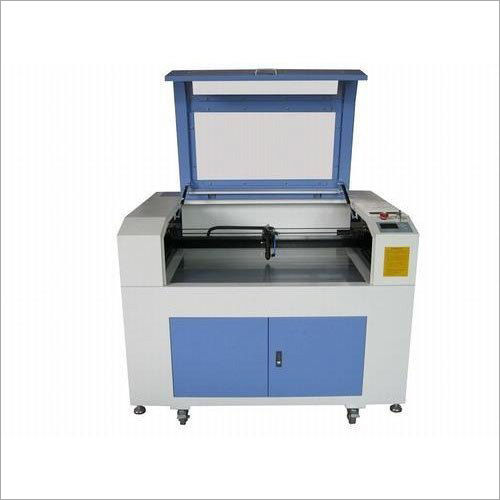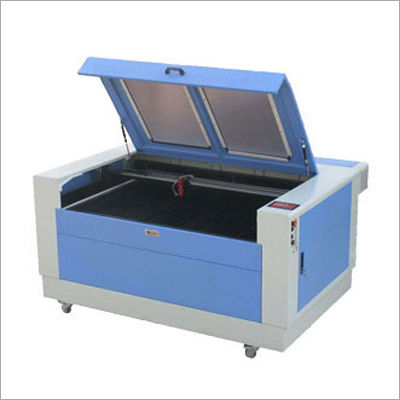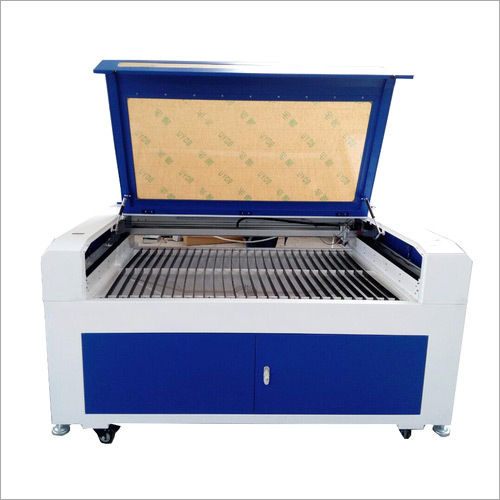-
हमारे उत्पाद
- लेजर वेल्डिंग मशीन
- लेज़र मार्किंग मशीन
- लेजर मार्किंग मशीन
- ज्वेलरी लेजर हॉलमार्किंग मशीन
- पोर्टेबल लेजर मार्किंग मशीन
- औद्योगिक लेजर मार्किंग मशीन
- पोर्टेबल फाइबर लेजर मार्किंग मशीन
- यूवी लेजर मार्किंग मशीन
- Co2 गैल्वो लेजर मार्किंग मशीन
- Co2 लेजर मार्किंग मशीन
- फायबर लेझर कटिंग मशीन
- 3 डी लेजर मार्किंग मशीन
- बियरिंग लेजर मार्किंग मशीन
- कलर लेजर मार्किंग मशीन
- डेस्कटॉप फाइबर लेजर मार्किंग मशीन
- फाइबर लेजर मार्किंग मशीन
- फ्लाई मार्किंग मशीन
- गैल्वो लेजर मार्किंग मशीन
- हैंडहेल्ड फाइबर लेजर मार्किंग मशीन
- हैंडहेल्ड लेजर मार्किंग मशीन
- लेज़र मार्किंग मशीन
- मेटल लेजर मार्किंग मशीन
- पोर्टेबल हैंडहेल्ड लेजर मार्किंग मशीन
- लेजर उत्कीर्णन मशीनें
- लेजर मार्किंग और उत्कीर्णन मशीन
- लेजर जंग सफाई मशीन
- लेजर अंकन और उत्कीर्णन सेवाएँ
- लेजर हॉलमार्किंग मशीन
- एसपीएम मशीन
- याग ऑप्टिक्स
- होम पेज
- कंपनी प्रोफाइल
- संपर्क करें
Co2 लेजर उत्कीर्णन और काटने की मशीन
320000.0 आईएनआर/टुकड़ा
उत्पाद विवरण:
- उपयोग औद्योगिक
- शर्त नया
- लेजर का प्रकार CO2
- प्रॉडक्ट टाइप लेजर काटने और उत्कीर्णन मशीन
- रंग नीला सफेद
- अधिक देखने के लिए क्लिक करें
X
Co2 लेजर उत्कीर्णन और काटने की मशीन मूल्य और मात्रा
- टुकड़ा/टुकड़े
- टुकड़ा/टुकड़े
- 1
Co2 लेजर उत्कीर्णन और काटने की मशीन उत्पाद की विशेषताएं
- CO2
- औद्योगिक
- नीला सफेद
- लेजर काटने और उत्कीर्णन मशीन
- नया
Co2 लेजर उत्कीर्णन और काटने की मशीन व्यापार सूचना
- ,
- प्रति महीने
- 15 दिन
- Yes
- , , , , , , , ,
उत्पाद वर्णन
CO laser engraving and cutting machines use a gas laser source, typically filled with a mix of carbon dioxide (CO), nitrogen, and helium, to produce a high-energy laser beam. This beam can precisely cut, engrave, or mark various materials, including wood, acrylic, leather, glass, fabric, and certain metals, by vaporizing or melting the material surface. CO laser machines are popular in industries such as signage, woodworking, packaging, and electronics due to their precision, versatility, and ability to produce high-quality results at different power levels.
The machines vary in power output (from as low as 30W to over 150W), which influences the thickness and type of materials they can handle. They come with features like adjustable speed and power settings, automatic focusing, and computer control compatibility to ensure user convenience and project versatility. Additionally, CO lasers are often equipped with ventilation systems to handle fumes and debris, keeping the work environment safe and clean.
FAQs about CO Laser Engraving and Cutting Machines
1. What materials can a CO laser machine engrave and cut?
CO laser machines are excellent for engraving and cutting non-metallic materials such as wood, acrylic, leather, rubber, glass, fabric, and stone. With specialized adjustments, they can mark certain metals, though a fiber laser is usually preferred for direct metal cutting.
2. What is the difference between laser engraving and laser cutting?
Laser engraving removes a small layer from the material surface to create a design or text, typically without going through the material. Laser cutting, on the other hand, fully penetrates the material to create shapes or parts by cutting through it entirely.
3. How thick can a CO laser machine cut?
The thickness depends on the machine's wattage and the material being cut. For instance, a 60W CO laser can cut up to 10mm of acrylic, while a higher wattage (like 150W) can handle up to 25mm. However, denser materials like wood will have lower thickness limits.
4. What software is compatible with CO laser machines?
Most CO laser machines are compatible with design software like CorelDRAW, Adobe Illustrator, AutoCAD, and proprietary laser software provided by the manufacturer. These programs allow for importing designs and adjusting cutting/engraving parameters.
5. Do CO laser machines require special maintenance?
Yes, regular maintenance is essential for longevity and performance. This includes cleaning lenses, mirrors, and the laser tube; checking for proper alignment; and ensuring the ventilation system is clear. Also, the CO laser tube needs periodic replacement as it loses power over time.
6. Is it safe to use a CO laser engraving and cutting machine?
Yes, if safety guidelines are followed. CO lasers emit invisible radiation, so it™s crucial to wear proper protective eyewear. Most machines come with protective enclosures to prevent accidental exposure to the laser. A proper exhaust system is also essential to remove fumes and smoke.
7. What power level do I need for different applications?
For engraving, a lower power setting (20-40W) is often sufficient, while thicker or harder materials, like wood or acrylic for cutting, may require 60W and above. Higher wattage lasers (100W+) allow for faster cuts on thicker materials and are suited for heavy-duty applications.
8. How long does a CO laser tube last?
CO laser tubes generally last between 1,000 to 3,000 hours, depending on the brand and usage intensity. Heavier use at higher power settings can reduce lifespan, while proper maintenance can extend it.
9. What is the difference between a CO laser and a fiber laser?
CO lasers are best for non-metallic materials, while fiber lasers are optimized for metal marking and cutting. Fiber lasers have a different wavelength that interacts better with metal surfaces, while CO lasers have a longer wavelength suited for wood, acrylic, and similar materials.
10. Can I upgrade the laser power on my CO machine?
Yes, in many cases, you can upgrade the laser tube to a higher wattage, but you should check with the manufacturer first. Upgrades may require additional cooling or power supply adjustments to handle the increased power safely and effectively.
Tell us about your requirement

Price: Â
Quantity
Select Unit
- 50
- 100
- 200
- 250
- 500
- 1000+
Additional detail
मोबाइल number
Email

 Send Email
Send Email 




 मुझे निःशुल्क कॉल करें
मुझे निःशुल्क कॉल करें
 English
English Spanish
Spanish French
French German
German Italian
Italian Chinese (Simplified)
Chinese (Simplified) Japanese
Japanese Korean
Korean Arabic
Arabic Portuguese
Portuguese